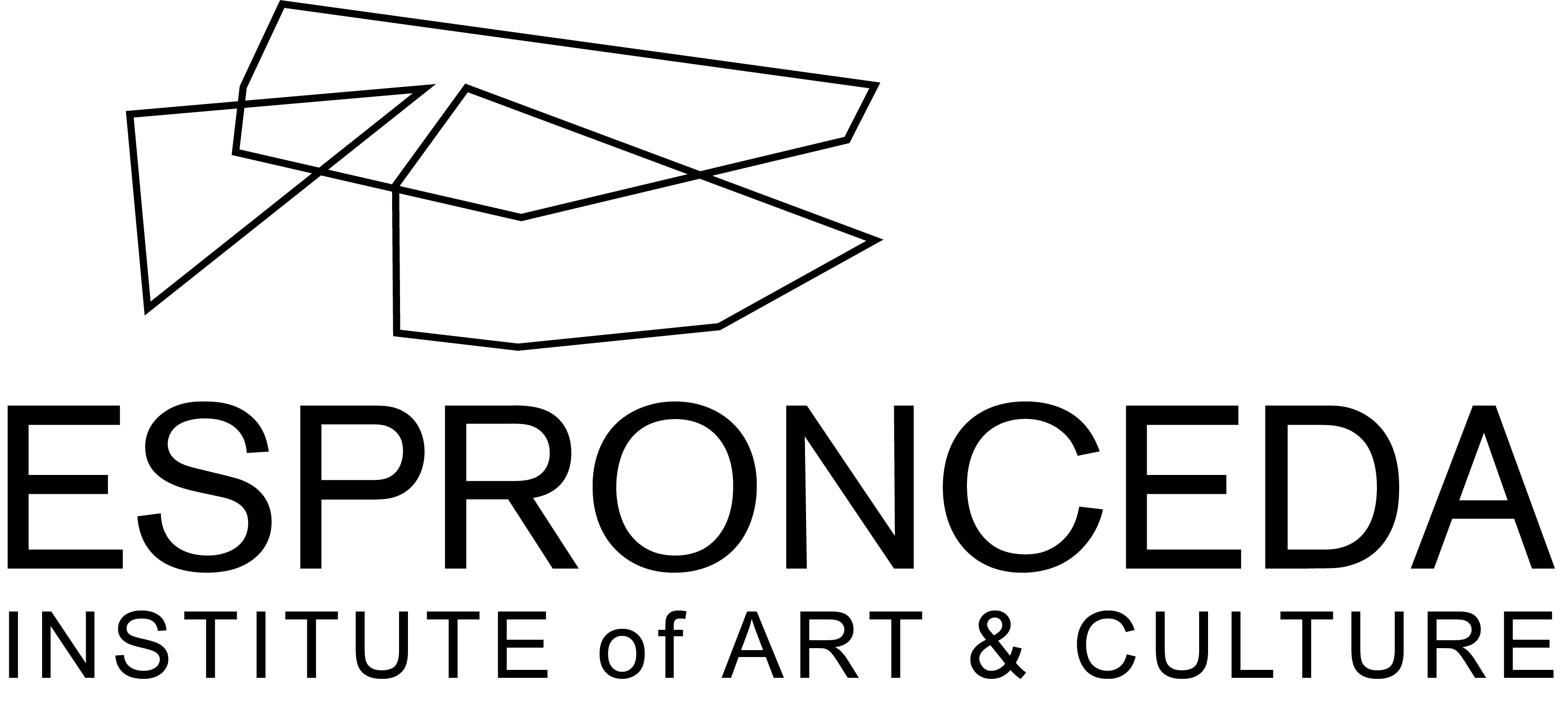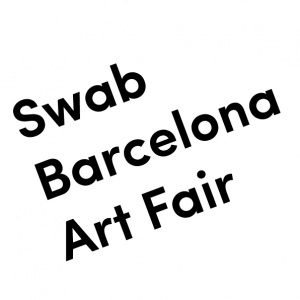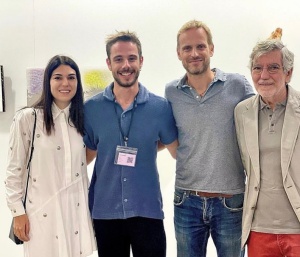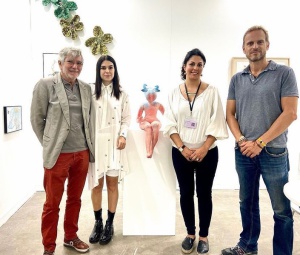Swab
In each edition, SWAB Barcelona rewards its participants for their contribution to emerging talent and contemporary art. This 2020, despite the fact that the fair will take place virtually, it will continue to award the Espronceda residency award with an artistic stay at its facilities in Barcelona; the DKV for the best Spanish artist, the MANGO for the best emerging artist and the Diezy7 Collection drawing, whose award-winning work is selected by a jury made up of contemporary art curators and critics. Mor information about SWAB here.
Winners:
2020 ____________________________________________________________________
The winners of ESPRONCEDA/SWAB 1st EDITION AWARD 2020 are:
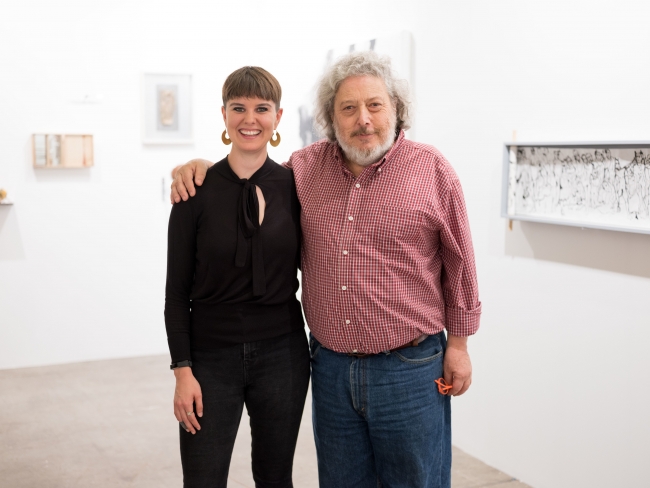
Members of the Jury for the 1nd edition: Savina Tarsitano, Holger Sprengel, Henrik Sprengel, Maribel Navarro Cortes and Joan Abelló
2020 ____________________________________________________________________
The winners of ESPRONCEDA/SWAB 2nd EDITION AWARD 2020 are:
Luke Kelsey (Wales, UK, 1985)
Photos of this edition here.
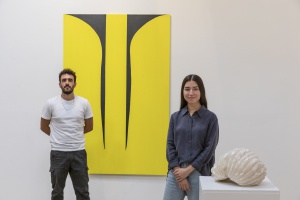
The winners of ESPRONCEDA/SWAB 2nd EDITION AWARD 2021 are:
Charlotte Klobassa (Zeller van Almsick Gallery), Alexandra Barth (Photoport Gallery) & Santiago Paredes (Moira Galería)

